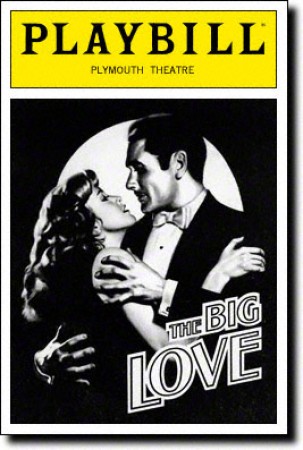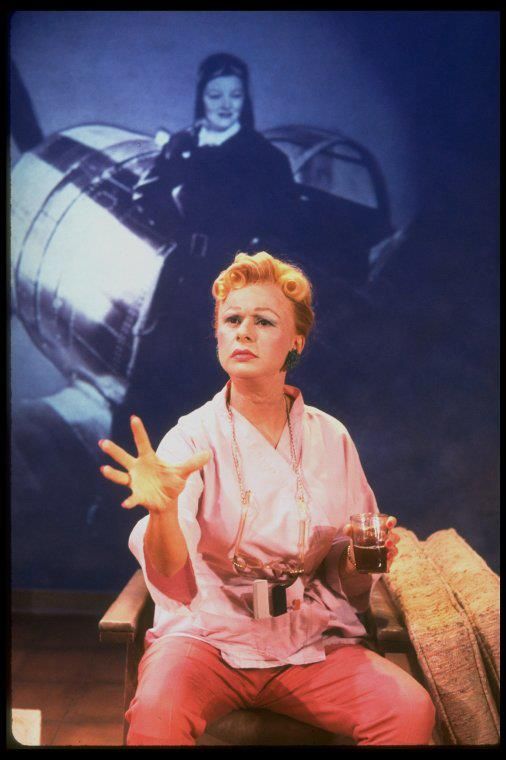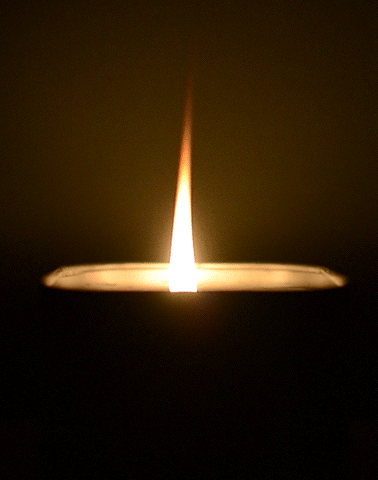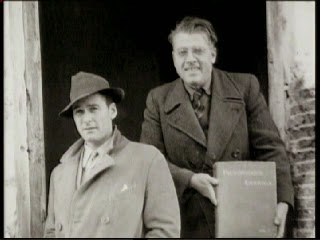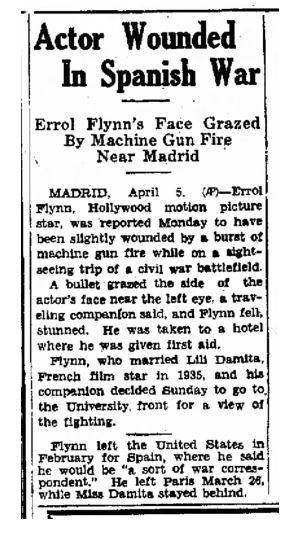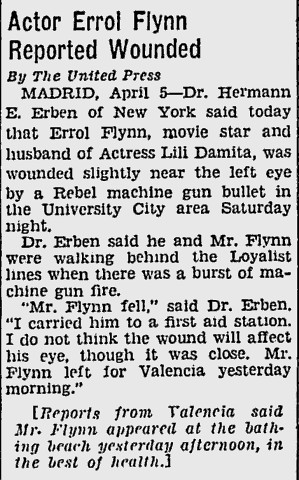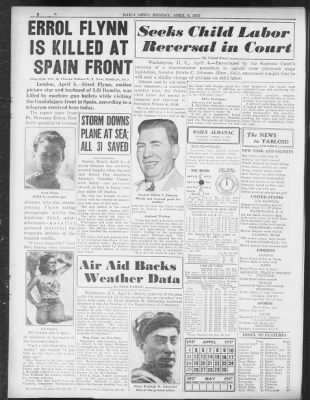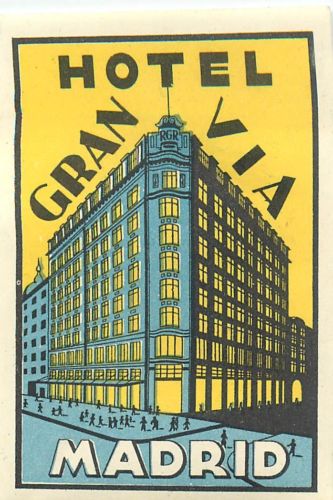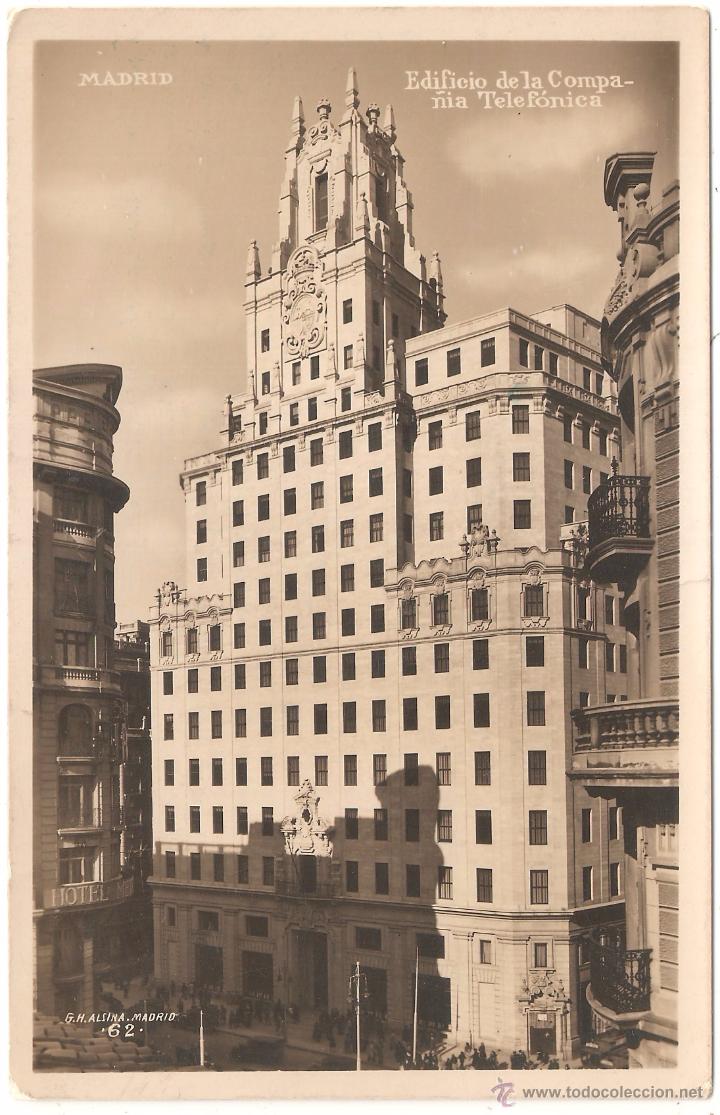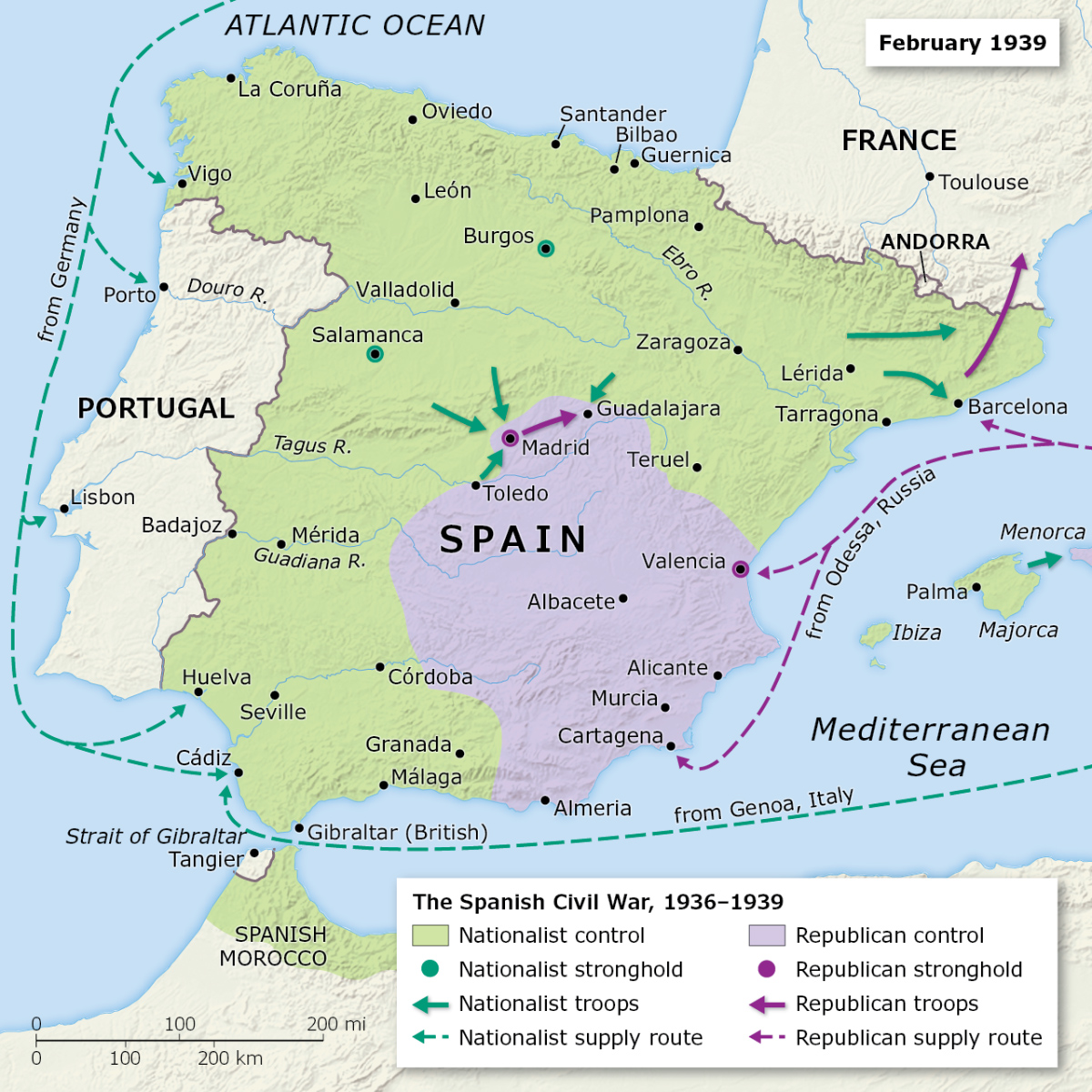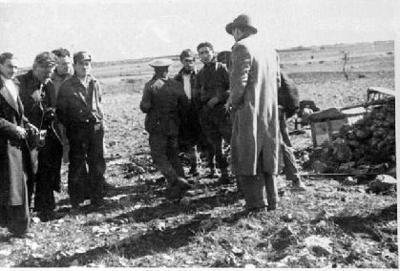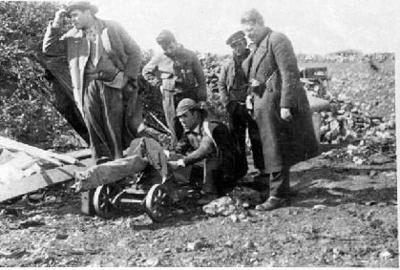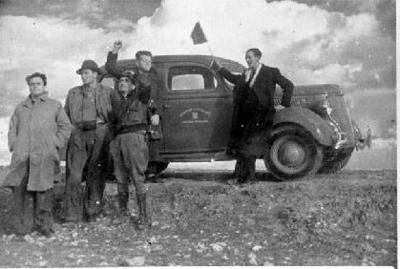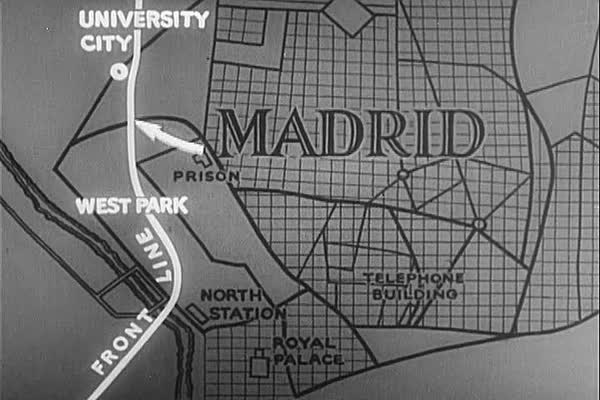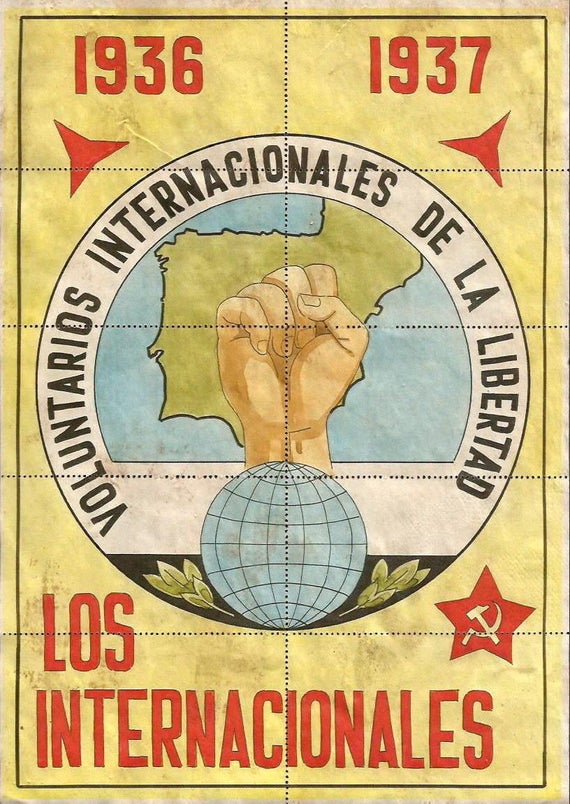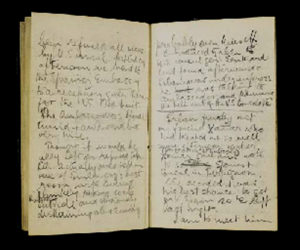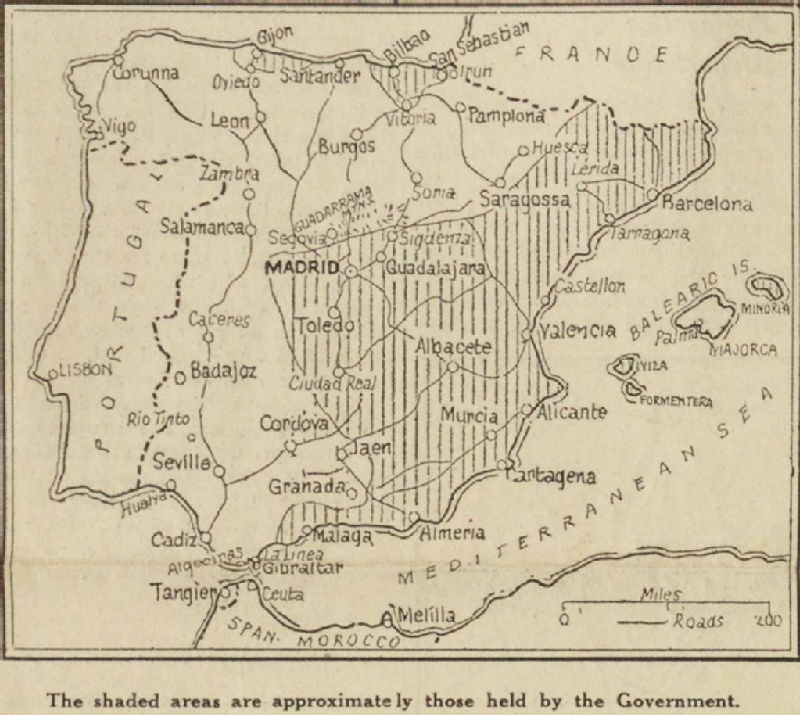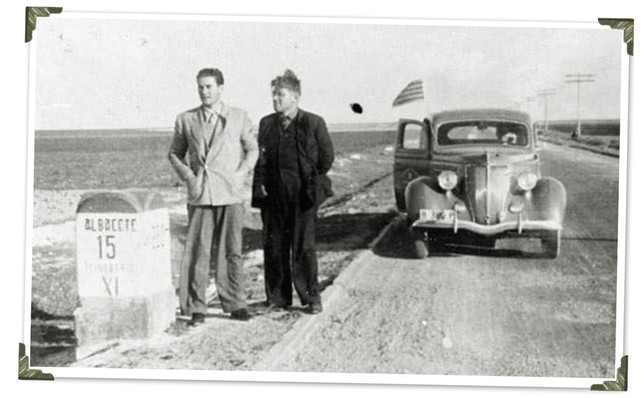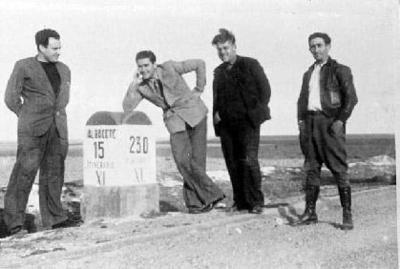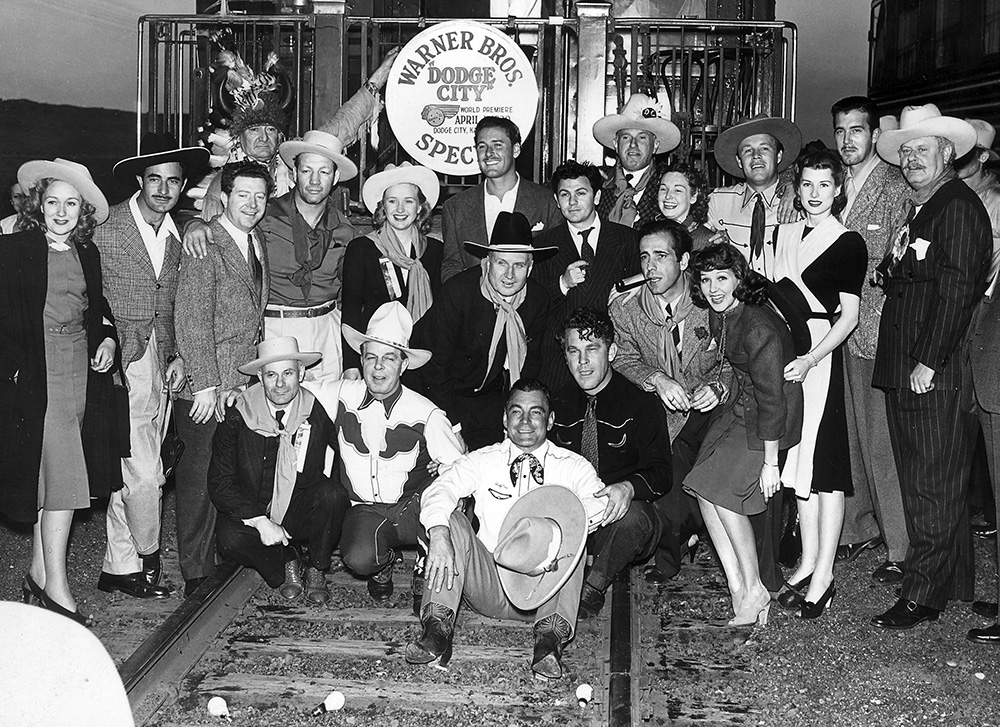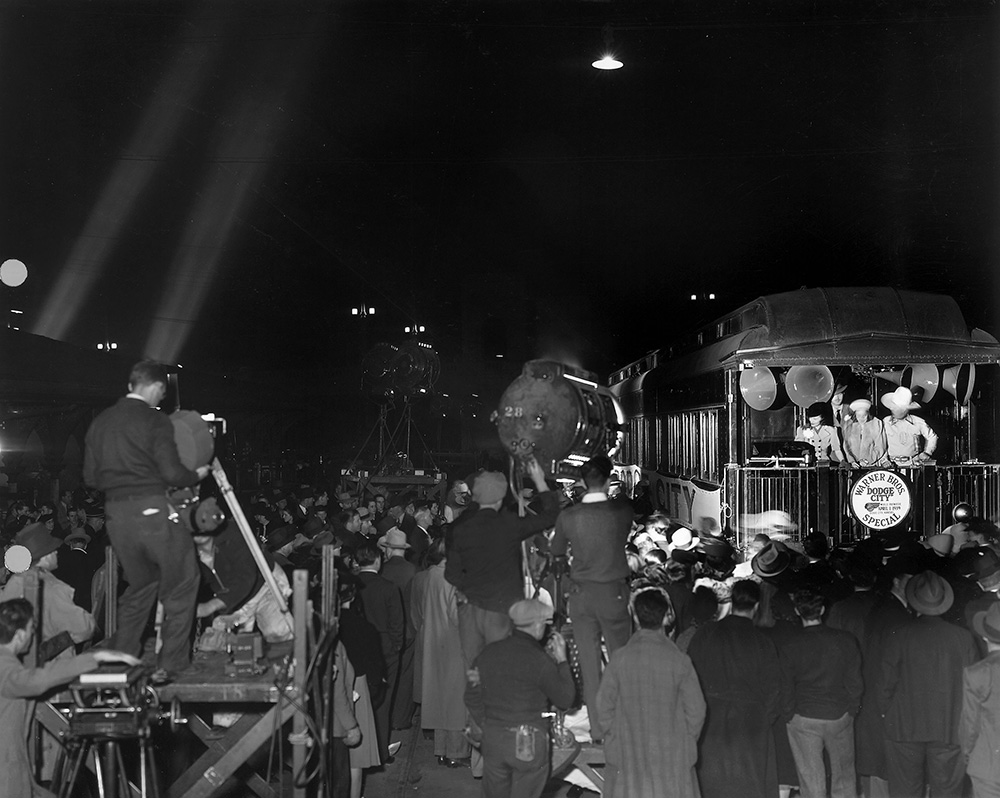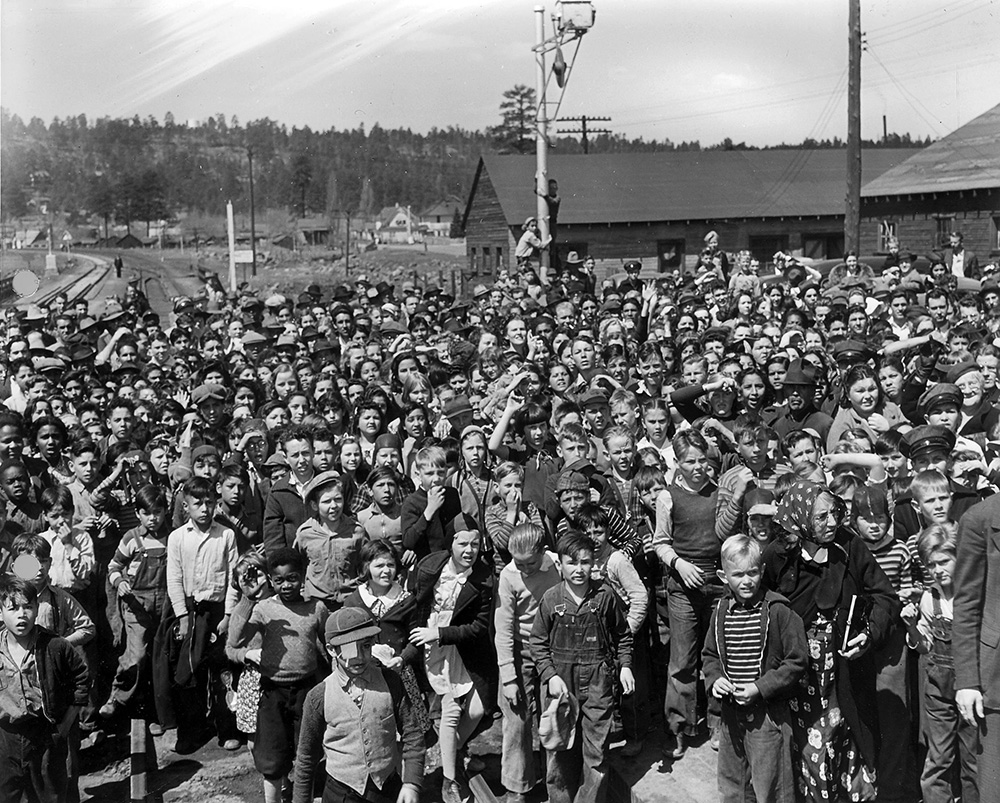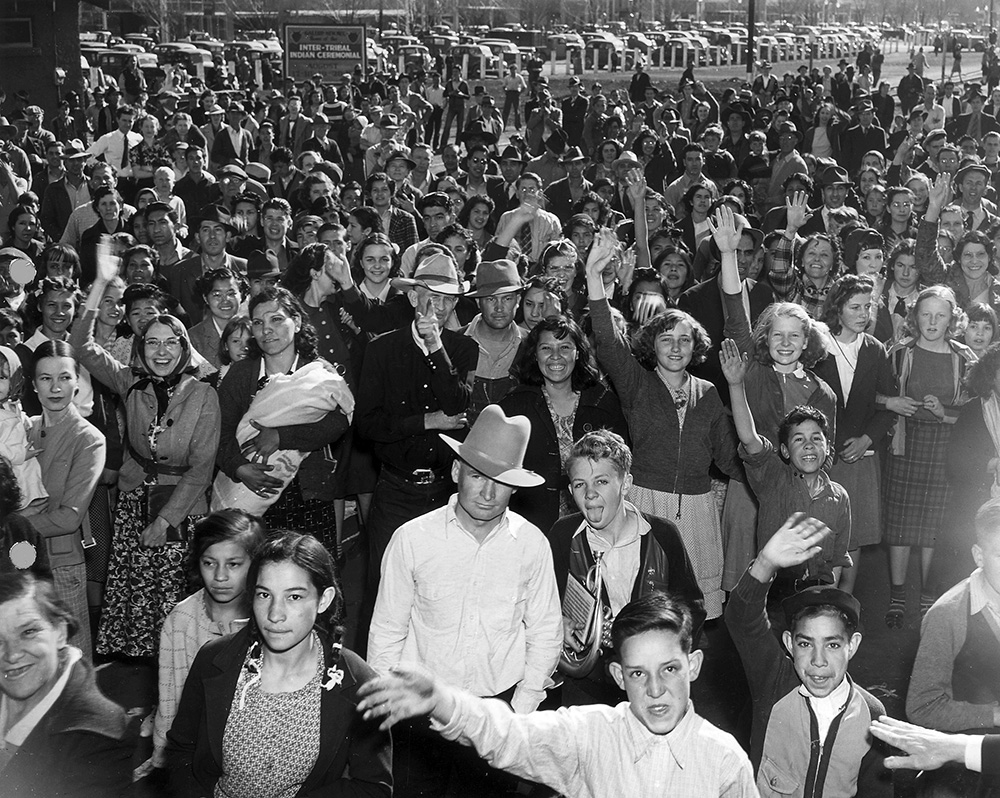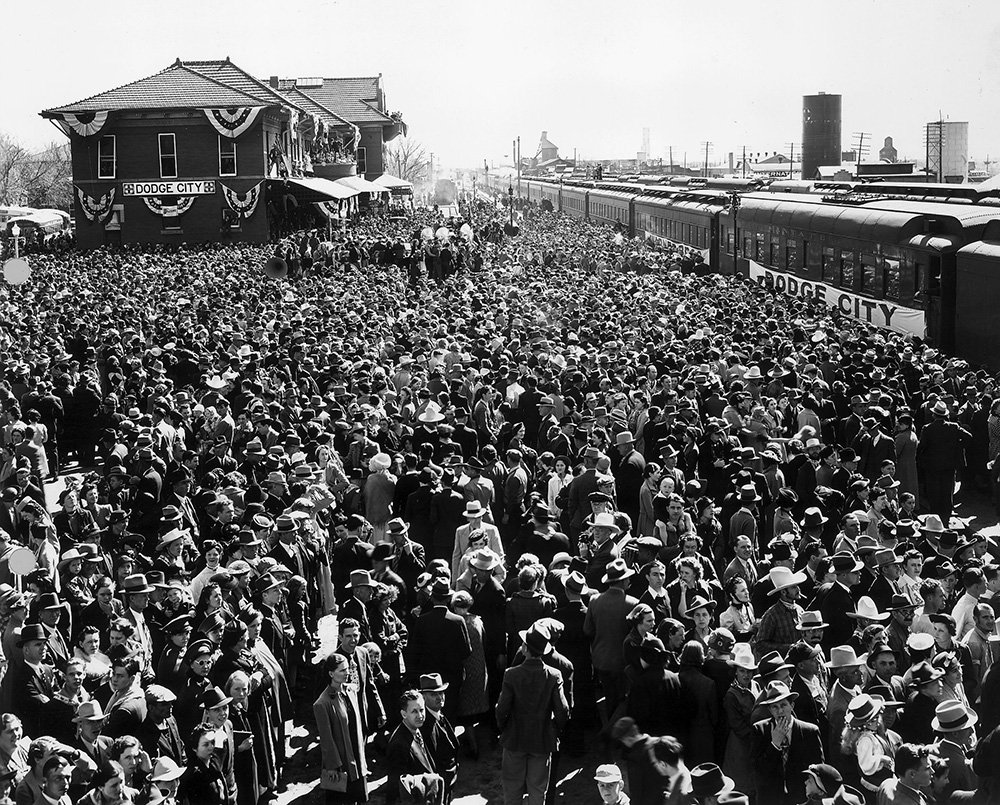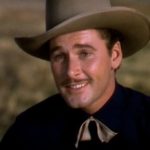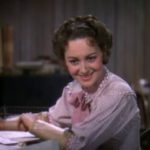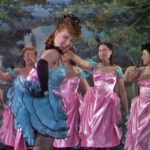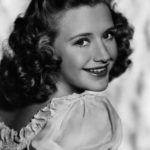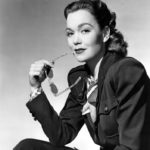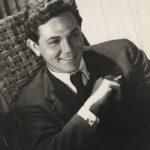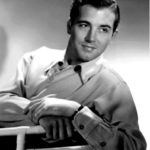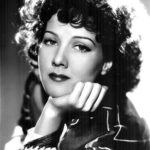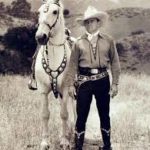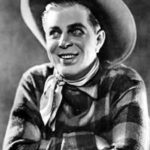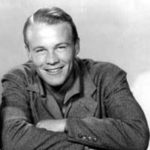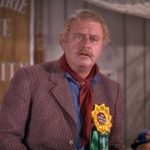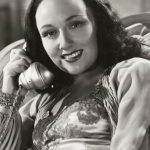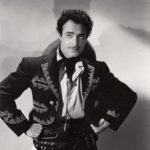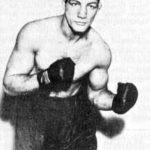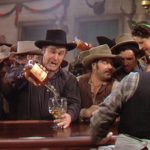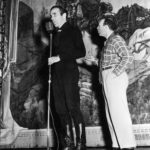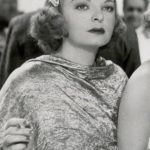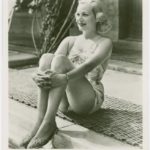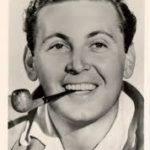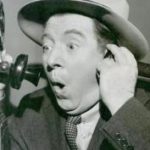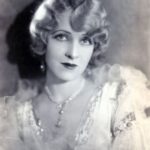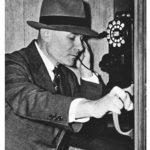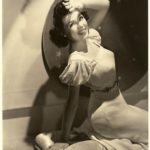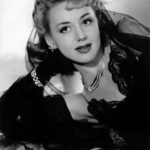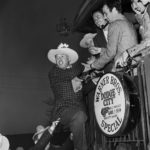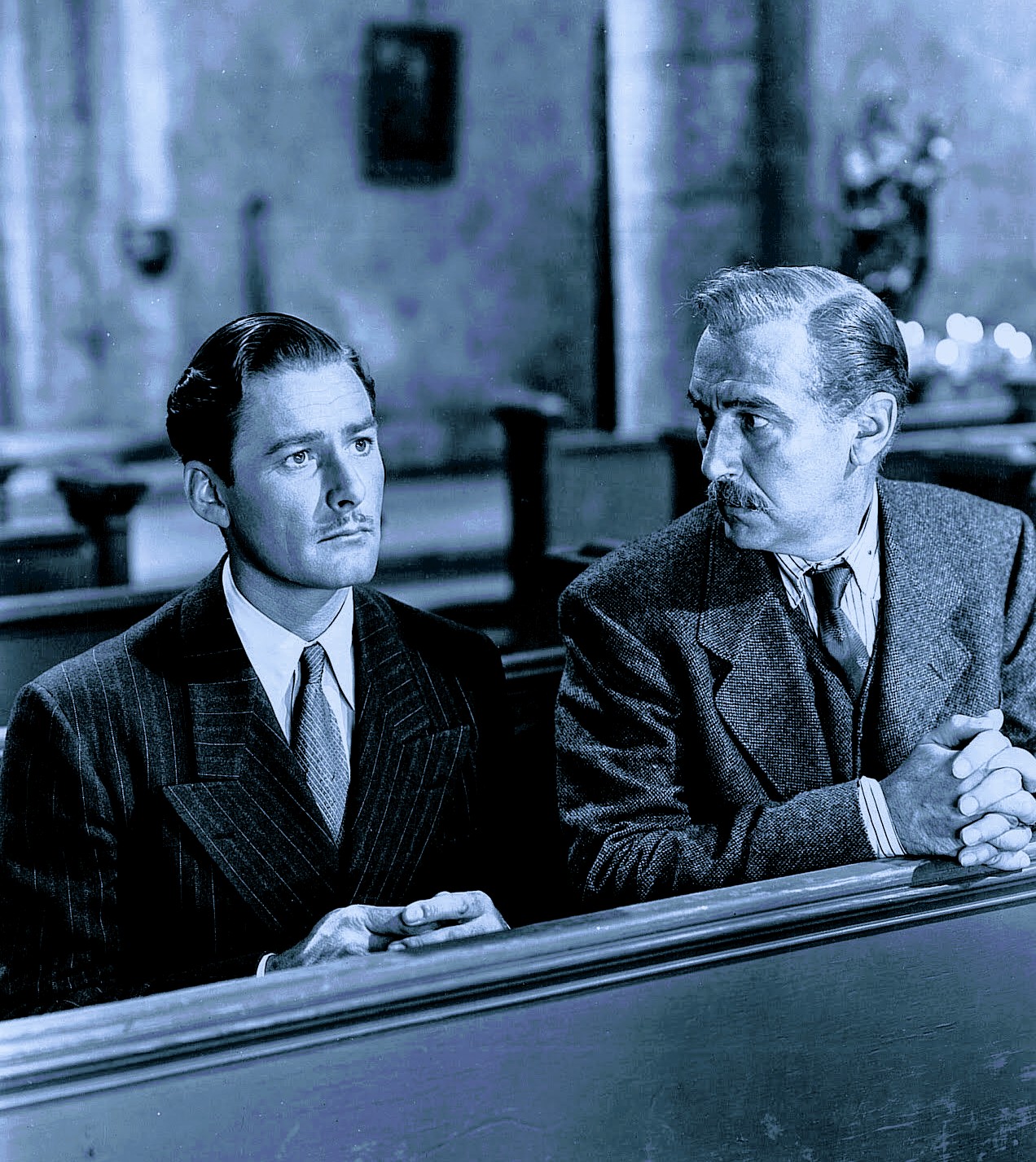
April 8, 1944
Bosley Crowther
New York Times
An uncommon lot of “criminals” seem to be doing noble things for France these days—at least, in motion pictures. There was Humphrey Bogart in “Passage to Marseille” and Jean Gabin in “The Impostor.” Now it is Errol Flynn who is abandoning crime for patriotism in “Uncertain Glory,” at the Strand.
In this rather hopped-up Warner picture, which takes place in occupied France, Mr. Flynn plays a man condemned for murder who, in hopes of getting away, offers to surrender himself to the Nazis as a particularly desired saboteur. The offer is grudgingly accepted by Paul Lukas of the French police, who suspects Mr. Flynn’s intentions and keeps a careful watch on him. But when the chance does come for Earnest Erroll to take it on the lam, he does the noble thing bravely. You see, he had meanwhile met a girl. (It is always, or almost always, a girl who inspires Mr. Flynn.)
You may note that our references to characters have been by their own familiar names. It is because this picture is plainly an actor’s vehicle. An air of French actuality is entirely foreign to it. The whole thing is artificial, in structure, mood and atmosphere. But if you accept it on that basis — as a purely theatrical show — it does have some compensations in the entertainment line. The sparring of Mr. Lukas and Mr. Flynn is amusing throughout, mainly because of the performance of Mr. Lukas as an anxious plain-clothes cop. (Mr. Flynn is his boyish self, as usual, and quite remote from a faithful criminal type.) Director Raoul Walsh has keyed it to a subdued, suspenseful pace which is suggestive of explosive tension, even if it never explodes. And Jean Sullivan, who bears a close resemblance to Teresa Wright, is a nice new face in it. However, we casually wonder what values one can hold to when one sees Errol Flynn as a murderous criminal symbolizing the spirit of France.
UNCERTAIN GLORY; screen play by Laszlo Vadnay and Max Brand; from an original story by Joe May and Mr. Vadnay; directed by Raoul Walsh; produced by Robert Buckner for Warner Brothers. At the Strand.
A version of this article appears in print on April 8, 1944 in the National edition with the headline: Errol Flynn Assists the French Underground in Strand Film, ‘Uncertain Glory’
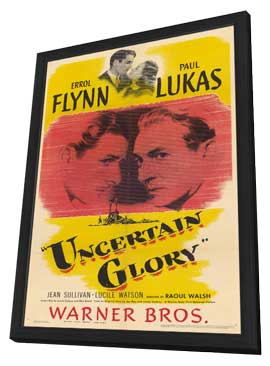
— Tim
